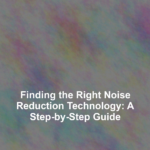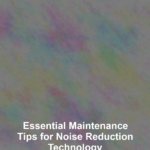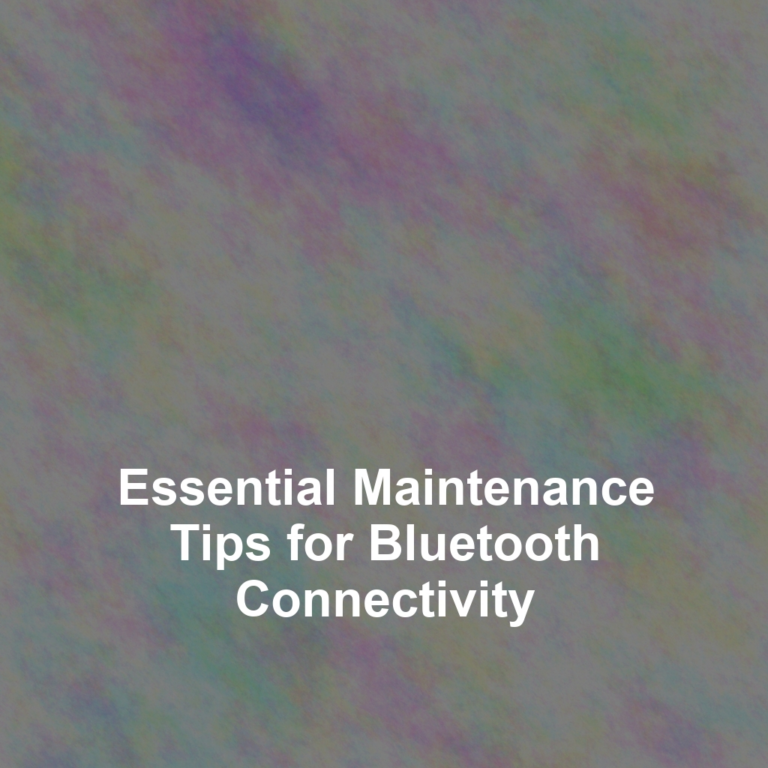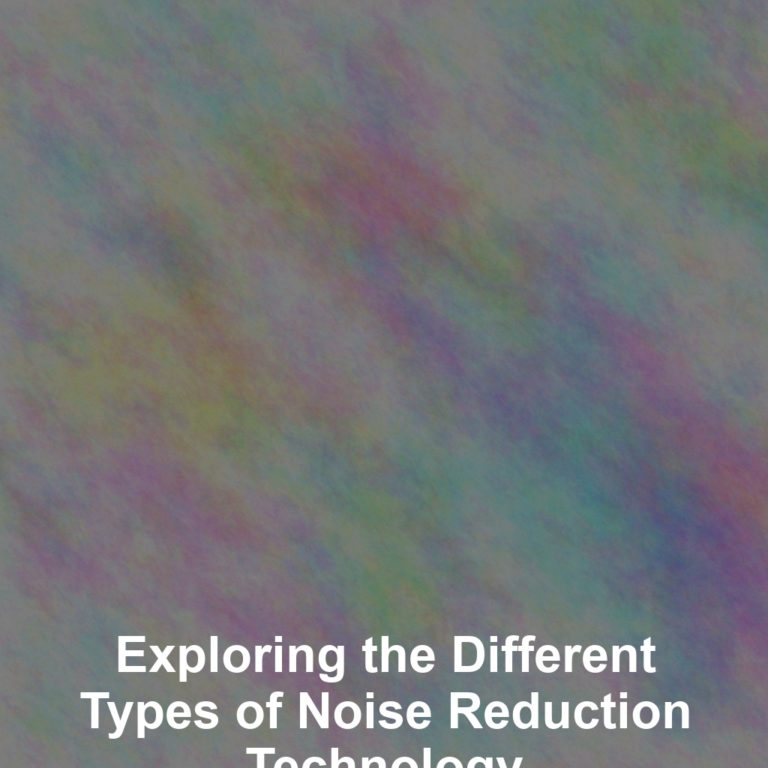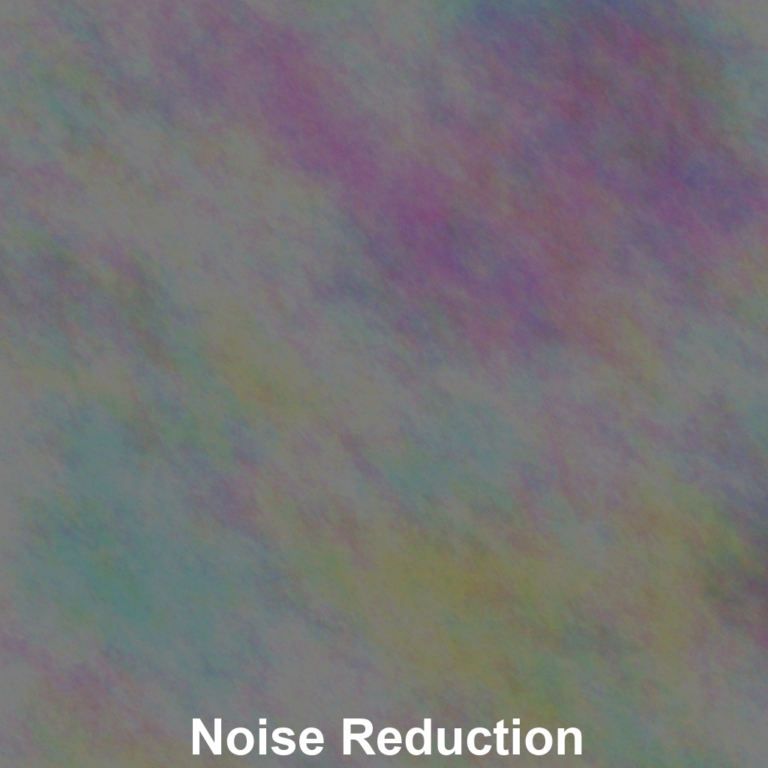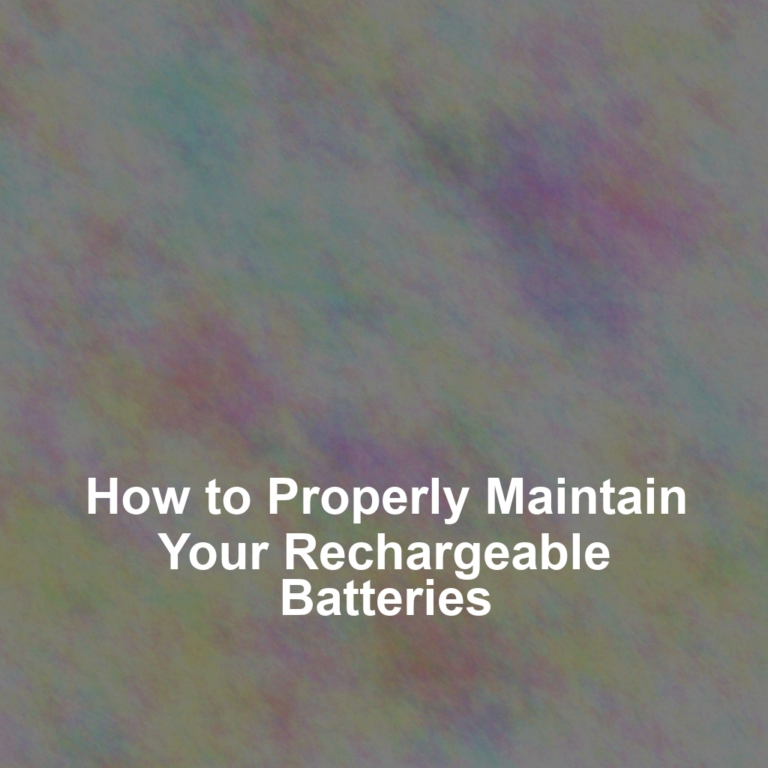Is it true that silence is golden, or do you find yourself questioning this adage as you navigate the cacophony of daily life? YouG??re not alone in your quest for tranquility.
Choosing the right noise reduction technology can be as pivotal as selecting the right pair of glasses for your vision; itG??s a deeply personal decision that hinges on your specific needs and environment. Whether youG??re trying to concentrate in a noisy office, find peace on a bustling commute, or simply unwind in your living room, the right technology can make all the difference.
But with a market saturated with devices promising serenity, you might wonder where to start. As you weigh your options, consider not only the decibels you need to dampen but also the quality of the silence you seek.
The journey to auditory bliss isnG??t one-size-fits-all, but tailored advice can help you cut through the noise and find your perfect acoustic match. LetG??s explore how to navigate the myriad of choices to ensure youG??re not left with buyerG??s remorse, but rather, a serene soundscape.
Assess Your Environment
Before selecting a noise reduction application, itG??s essential to evaluate the specific types and levels of noise present in your environment. YouG??ve got to identify whether youG??re combatting the low hum of urban traffic or the intermittent shrill of construction work. Is the noise constant or sporadic? YouG??ll want a solution thatG??s tailored to these characteristics for the best results.
Consider also the frequency of the noise. High-frequency sounds, like alarms, may require different mitigation strategies than low-frequency noises such as the rumble of machinery. YouG??ll also need to assess how noise pollution affects your daily activities. If youG??re looking to improve sleep quality, solutions that target nighttime noises are your best bet.
Remember, the layout of your space matters, too. Open areas might benefit from soundproofing materials, while smaller rooms could need acoustic treatments. DonG??t forget to check local regulations; some methods may not be permitted in your area.
Lastly, think about your budget. You donG??t want to overspend on over-engineered solutions if simpler, more cost-effective options can meet your needs. By taking these steps, youG??ll be well on your way to creating a more peaceful and productive environment.
Set Your Budget
Having evaluated the noise types and levels in your environment, itG??s crucial to consider how much youG??re willing to spend on mitigating them. The range of noise reduction technologies varies widely in terms of cost, and setting a budget will help you narrow down your options without overspending.
Start by determining what you can realistically afford, keeping in mind that higher-priced options often offer more advanced features or better noise cancellation. However, donG??t assume that the most expensive product is the best fit for your needs. ItG??s important to balance cost with effectiveness and consider whether a less pricey alternative might serve you just as well.
Understand Different Technologies
To make an informed decision, youG??ll need to grasp the differences between passive and active noise reduction technologies and how they operate in various environments. Passive noise reduction relies on materials that block or absorb sound waves. Think of it like soundproofing with dense foam or earplugs that physically prevent noise from reaching your ears. ItG??s a simple, often cheaper method thatG??s great for constant, low-frequency sounds.
On the flip side, active noise reduction (ANR), or active noise cancellation (ANC), uses advanced electronics to cancel out sound. It listens to the noise around you with built-in microphones, then produces G??anti-noiseG?? waves to counteract unwanted sounds. This tech is especially effective against the droning hum of an airplane or a busy office. However, it requires power, usually from a battery, and can be pricier.
Both technologies have their place, and sometimes theyG??re even combined for maximum silence. For instance, premium headphones might use thick padding (passive) and electronic processing (active) to quiet the world around you. When choosing, consider where and how youG??ll use them. Are you blocking out chatter, or do you need to silence engine roars? Your environment will guide your choice between passive, active, or a blend of both technologies.
Consider Comfort and Convenience
While understanding the technology behind noise reduction is crucial, donG??t overlook the importance of how comfortable and convenient your chosen solution is for everyday use. YouG??ll likely wear these devices for extended periods, so itG??s essential they donG??t cause discomfort or fatigue. Look for lightweight, ergonomically designed headphones or earplugs that fit snugly but arenG??t too tight.
Consider how youG??ll use the noise reduction technology. If youG??re always on the move, wireless earbuds with a long battery life and quick charging capabilities might be your best bet. For those spending hours at a desk, consider larger, cushioned over-ear headphones that can provide comfort for long listening sessions. Features like breathable materials and adjustable headbands can make a significant difference in your overall experience.
Remember to think about the ease of use as well. Devices with intuitive controls and easy access to volume adjustments or noise-canceling levels will make your life simpler. Also, if youG??re juggling calls and music, look for seamless switching between modes. By prioritizing comfort and convenience, youG??ll ensure your noise reduction technology enhances your daily routine rather than complicates it.
Read Reviews and Testimonials
Before settling on a noise reduction device, itG??s essential to read reviews and testimonials from other users to gauge real-world performance and satisfaction. DonG??t rely solely on the manufacturerG??s claims; what works in theory doesnG??t always pan out in practice. User feedback can provide you with a wealth of information thatG??s not apparent in product descriptions or specifications.
- Look for patterns in reviews:
- Consistency: Are most users reporting the same pros and cons?
- Reliability: Do multiple reviews mention the device failing after a short period?
- Customer Service: How do companies respond to issues?
When youG??re sifting through reviews, remember that one personG??s deal-breaker mightnG??t be relevant to your needs. Pay attention to what matches your priorities. If youG??re sensitive to sound quality, weigh those opinions more heavily.
Also, consider the source of the reviews. Verified purchase reviews on platforms like Amazon can be more trustworthy than anonymous feedback. DonG??t forget to check out professional reviews from trusted tech websites or YouTube channels. They often conduct rigorous tests and comparisons that can reveal insights about the noise reduction capabilities and overall quality of the devices youG??re considering.
Conclusion
So, youG??ve navigated the noise reduction tech maze, considering your environment, budget, and the array of technologies out there. DonG??t forget, comfortG??s key and othersG?? experiences can guide you.
Now, confidently pick the gear thatG??ll let you enjoy the silence or the sounds you love, without any pesky background noise. Trust your research, your needs, and your gut feeling.
Go on, reclaim your peace and quiet with the best noise reduction solution for you.



